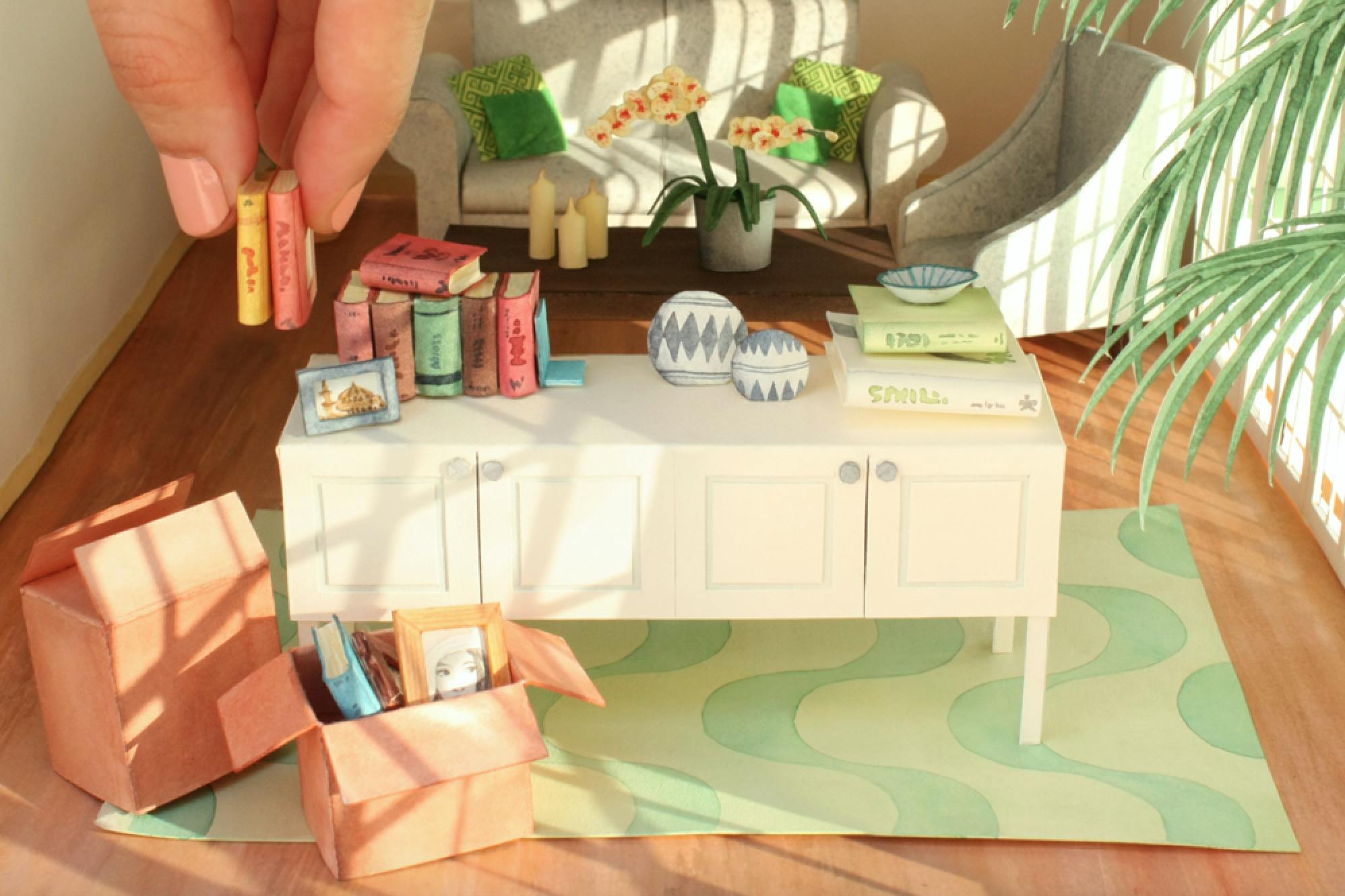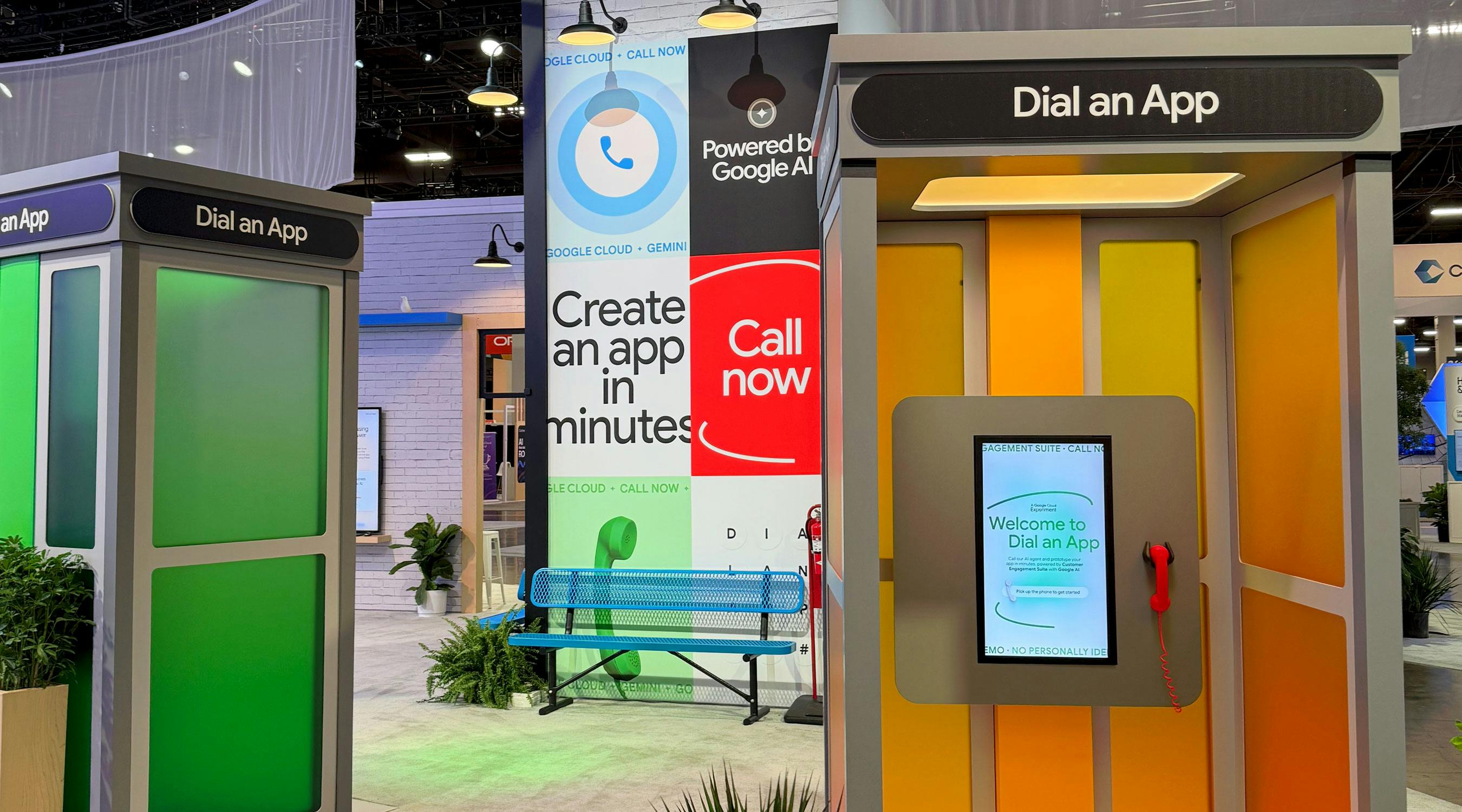Little Things: Illustrator Mar Cerdà Talks Shop with Use All Five

When did you first discover the world of miniature art and what were some of the earliest influences that inspired you to start?
I don’t know why little things attract me so much, perhaps it has something to do with my childhood and my early play with polly pocket or dollhouses (I used to create little details for it like food made of clay or frames to hang, and I tried to make scenes with the different elements I had).
When I was illustrating my first children’s book suddenly 2D wasn’t enough for me… So I started cutting paper and creating a little house in 3D for the main characters of the book and I got hooked on cutting and miniatures! I didn’t have many frames of reference of miniatures or illustrators, but an exhibition of paper theaters I had seen some time ago was still popping in my head.

What effects does a miniature scale have on the observer, and you as the creator?
For me miniatures are very related to my early play as a child. It’s awesome to find something in your adult life that gives you the same joy and keeps you playing as when you were a kid, and this, somehow, I think is reflected in the results.
Through a miniature I can show more of my own personal observation and my understanding of the world. I can create a new world, something that is both “real” and “unreal” at the same time. As it’s in a different scale than reality we look at it in a different way, we observe it differently, or perhaps for the first time as we didn’t pay attention to it in real life.

How have you experienced seeing miniature dioramas in person that you had only seen before digitally? How have you translated your work to a digital environment and how would you do it if budget and tech were not issues?
This kind of work is always better seen in person, for sure, so I’ve been delighted to see some dioramas in person. It’s a really different experience.
It’s hard to work in a digital world with this kind of art and it’s hard to translate it to an image that captures the 3D in 2D, so light is very important here. The shadows that the different elements create are needed to understand the volume. I usually work with daylight or some light equipment, but I’m sure if the budget wasn’t an issue I would work with better light equipment and perhaps collaborate with some photographers.
How do theatre and film inspire and inform your work? What draws you to the films of Wes Anderson?
I started doing dioramas of spaces I liked or inspired me on my trips. One day I spoke with Ken Harman, from Spoke Art Gallery. I showed him my work and he asked me if I love cinema. Of course! Then he asked me if I like Wes Anderson’s films and if I would like to be part of his annual show tribute to him (Bad Dads). As a fan of Anderson’s films I accepted immediately! I collaborated with them in Bad Dads V, VI and VII.
The sense of theatre and the use of frontal view are some of the most present characteristics in my illustrations, that’s why Wes Anderson’s films fit very well with my way of illustrating, with his symmetrical and frontal view compositions.

I imagine that, among artists, you may have one of the most interesting garbage bins. Can you describe what your studio’s garbage bin looks like right now (or the last time it was full)?
Actually I have two garbage bins: one for recycling paper and the other one for everything else. For me it’s very important to recycle and also some times I throw away some little pieces that are useful for the diorama by mistake so it’s good to have a “clean” bin where I can go to find them.
In your work, what are some of the most difficult details to capture realistically?
Faces are one of the most difficult thing to capture. For me it’s hard to draw someone’s face and make it look like him/her.


Can you tell us about your door series? How are Barcelona and Lisbon reflected in the series? Is there a significance to using tuna cans as a frame? What attracts you to doors?
My dioramas are highly influenced by the places I’ve been! Walking around a new place and discovering all the new around me is one of the things I love when I travel. And everything I like inspires me and I would to draw it immediately if I could. Unfortunately I don’t have that much time while I’m traveling so I take lots (lots!!) of photos to be able to work with them later in my studio.
I like to look at architecture, but not the buildings, just the details of them, like doors and windows, details that make buildings more human. I like to think that all the distinctive architecture, shapes, colors and details of a city are descriptions of the people who live in it.
I’m a tile addict so Portugal, with its streets full of colors and tiles, was the perfect destination for me. And it impacted me a lot, so when I came back to the studio I started painting what I saw. In Portugal cans are very important as they have a lot of seafood, so they have a very extensive selection of cans in supermarkets. Even in souvenirs shops you can buy them as a gift, so for me it was a fun idea to use them.



